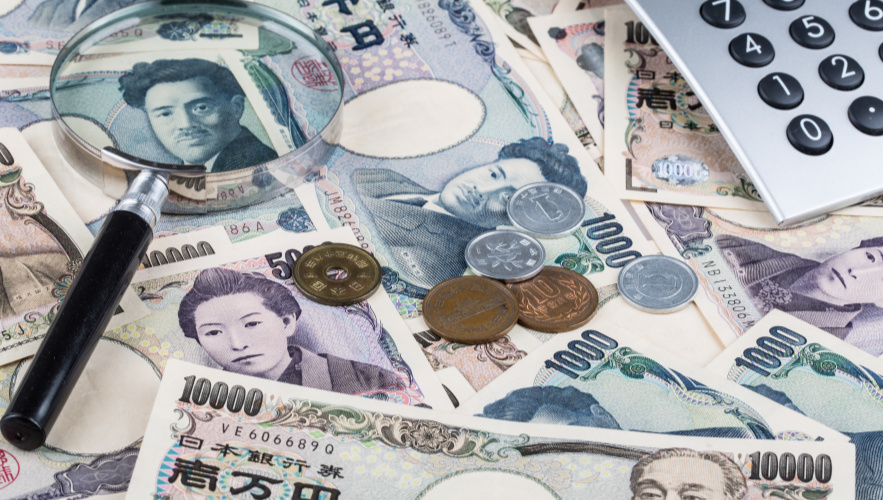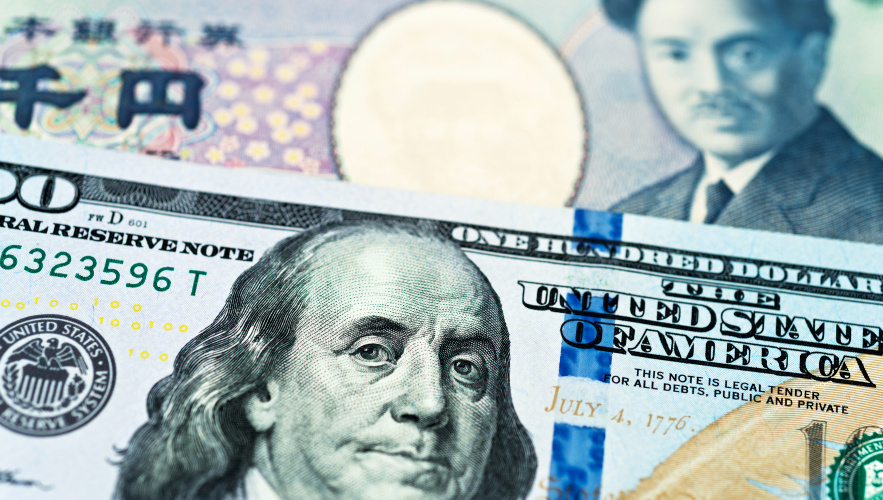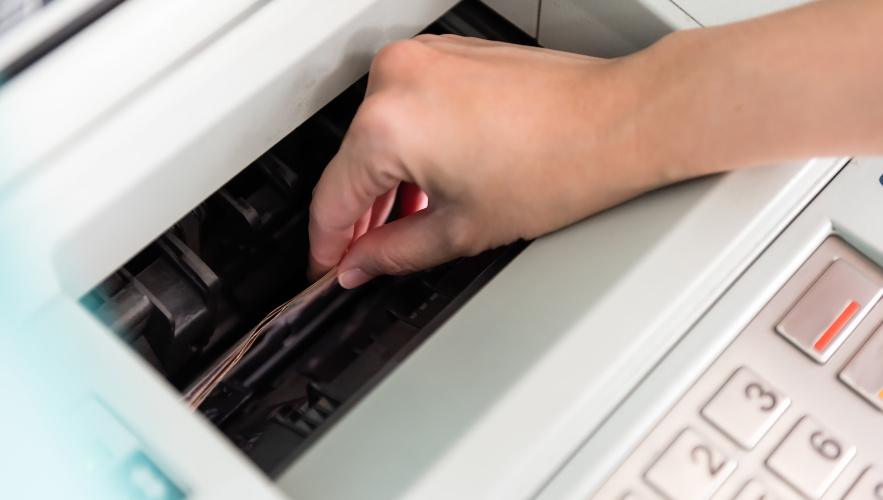Japan is an extraordinary destination where futuristic cities coexist with centuries-old traditions. Whether you’re exploring the neon-lit streets of Tokyo, soaking in a hot spring in Hakone, wandering through Kyoto’s serene temples, or ventruing into rural towns, one thing remains constant: cash is still king in many parts of Japan.
While card usage is increasing, Japan remains a predominantly cash-oriented society, especially once you leave the major urban centers. Many small eateries, traditional inns (ryokan), shrines, temples, rural transport systems, and mom-and-pop shops accept only cash. So before packing your bags, it’s crucial to plan how much cash to bring to Japan, especially for trips of 10 or 14 days, which are the most common lengths for international travelers.
This comprehensive guide will help you calculate how much yen you shoule bring, break down daily costs, highlight differences between urban and rural spending habits, and offer practical safety and budgeting tips. By the end, you’ll know exactly how to strike the right balance between carrying enough cash and avoiding unnecessary risk.

Why You Still Need Cash in Japan
Unlike mant Western countries where digital payments dominate, cash in Japan is deeply ingrained in daily life. Even in Tokyo or Osaka, you’ll encounter places that only accept yen. Common examples include:
- Small ramen or soba shops
- Izakayas and family-run restaurants
- Local buses and some train stations in rural areas
- Temple donations and omikuji (fortune slips)
- Traditional markets and festivals
- Ryokan (traditional inns), especialy those in the countryside
Many of these places are reliable and safe, but they don’t accept foreign cards. Cash gives you flexibility, prevents awkward moments at the register, and allows you to enjoy experiences that card-only travelers might miss.
Estimating Your Daily Budget in Japan
Before deciding how much cash to bring, it helps to understand typical daily expenses for different travel styles. Actual spending varies depending on your accommodation type, dining choices, transport options, and sightseeing preferences. Here’s a realistic daily budget breakdown in yen:
| Category | Budget Traveler | Mid-Range Traveler | Luxury Traveler |
| Accommodation | ¥3,000-8,000 | ¥10,000-18,000 | ¥25,000+ |
| Food & Drinks | ¥2,000-4,000 | ¥4,000-8,000 | ¥10,000+ |
| Transportation | ¥1,000-2,500 | ¥2,000-4,000 | ¥4,000+ |
| Attractions/Activities | ¥500-2,000 | ¥1,000-3,000 | ¥5,000+ |
| Souvenirs/Shopping | ¥500-1,500 | ¥1,000-3,000 | ¥5,000+ |
| Miscellaneous | ¥500-1,000 | ¥1,000-2,000 | ¥2,000+ |
Estimated daily totals:
- Budget: ¥7,000-15,000/day
- Mid-range: ¥15,000-30,000/day
- Luxury: ¥35,000+/day
For most travelers, a mid-range budget is realistic, especially for first-time visitors who want to enjoy comfortable accommodation, convenient transportation, and a variety of food experiences without overspending.
Recommended Cash Amounts for 10 or 14 Days
Using the daily budget estimates, we can calculate the total recommended cash to bring depending on your travel style and length of stay:
For 10 Days
| Travel Style | Daily Estimate | Total Cash (10 Days) |
| Budget | ¥7,000-15,000 | ¥70,000-150,000 (~$450-950) |
| Mid-range | ¥15,000-30,000 | ¥150,000-300,000 (~$950-1,900) |
| Luxury | ¥35,000+ | ¥350,000+ (~$2,200+) |
For 14 Days
| Travel Style | Daily Estimate | Total Cash (14 Days) |
| Budget | ¥7,000-15,000 | ¥98,000-210,000 (~$630-1,330) |
| Mid-range | ¥15,000-30,000 | ¥210,000-420,000 (~$1,330-2,650) |
| Luxury | ¥35,000+ | ¥490,000+(~$3,100+) |
Important: You don’t necessarily need to bring the entire amount in cash from home. Many travelers bring a comfortable base amount (e.g., ¥50,000-100,000), then withdraw additional cash in Japan if needed. This approach balances safety with convenience.
City vs Rural Spending Patterns
Where you travel in Japan greatly affects how much cash you’ll actually use.
Major Cities (Tokyo, Osaka, Kyoto)
- Widespread card acceptance at department stores, hotels, restaurants, and major attractions.
- Transportation is often paid via IC cards (Suica, Pasmo, ICOCA) which can be topped up with cash or linked to certain cards.
- Some smaller eateries or ticket machines may still require cash, but it’s manageable with modera amounts on hand.
Rural Areas, Countryside, Smaller Towns
- Cash is the primary payment method.
- Many inns, local buses, and small restaurants do not accept cards.
- ATMs may be less frequent, so it’s wise to plan cash withdrawals in advance.
- Festivals, markets, or remote attractions typically operate on a cash-only basis.
If your itinerary includes rural destinations, plan to carry more cash upfront, as finding an ATM that accepts foreign cards might not always be straightforward outside urban centers.

Cash vs Card: Finding the Right Balance
Japan is one of the safest countries in the world, and carrying cash is generally not risky if done carefully. Still, it’s best not to carry your entire budget in cash. A good strategy is:
- Carry enough yen to cover at least 3-5 days of expenses in cash.
- Use credit or debit cards for larger expenses (hotel, major shopping, Shinkansen tickets).
- Withdraw additional cash periodically during your trip as needed.
- Keep backup funds on a separate card in case of loss or theft.
Many travelers fine that bringing around ¥50,000-100,000 in cash upon arrival, then withdrawing more if needed, offers the best mix of security and flexibility.
How to Safely Manage Cash in Japan
Even though Japan is extremely safe, smart money management is still important:
- Use a money belt or concealed pouch for larger sums, epecially during transfers.
- Keep smaller amounts easily accessible for daily spending in your wallet.
- Store excess cash in your hotel safe or locked luggage.
- Split your funds between multiple places (e.g, some in your wallet, some in your bag).
- Keep receipts for budgeting and in case of discrepancies with your bank later.
In busy urban areas or crowded festivals, pickpocketing is rare but not impossible. Staying organized minimizes stress.

Exchange Currency Before or After Arrival?
Both options work, but each has pros and cons:
Exchanging Before You Leave
- Gives you peace of mind on arrival (especially useful if your flight arrives late).
- May offer better rates at home if you exchange at a bank rather than an airport.
- Carrying a larger amount of cash on the plane requires careful handing.
Exchanging After Arrival
- Japanese airport exchange counters are efficient and offer fair, transparent rates.
- Major city exchange offices are reliable and often have competitive rates.
- Lets you carry less cash on the flight and pick up yen once you land.
Many seasoned travelers exchange a starter amount (e.g., ¥30,000-50,000) at home, then top up in Japan to avoid carrying large sums during transit.
Final Tips for Managing Your Japan Travel Budget
- Plan your itinerary first, then estimate cash needs based on destinations and travel style.
- Bring multiple payment methods – at least one debit and one credit card.
- Track your spending daily to avoid surprises.
- Top up IC cards (Suica, Pasmo) with cash for convenient transport and small purchases.
- Keep some coins handy – many vending machines, lockers, and temple offerings require small change.
Japan offers unforgettable experiences, from bustling cities to tranquil countryside landscapes – but traveling comfortably requires a bit of cash planning.
For a 10-day trip, expect to need somewhere between ¥70,000-300,000 depending on your travel style. For 14 days, the range increases to ¥98,000-420,000+. You don’t have to carry the entire amount upfront; combining a modest starting amount with strategic withdrawals and card usage works best for most travelers.
By understanding your daily expenses, considering your itinerary, and following simple safety measures, you’ll enjoy a stress-free trip where money never gets in the way of amazing experiences.




